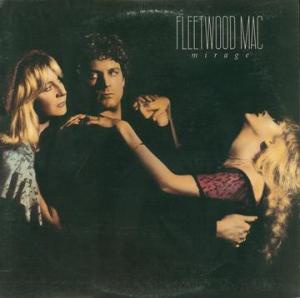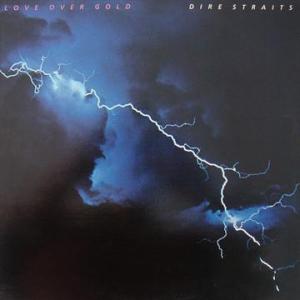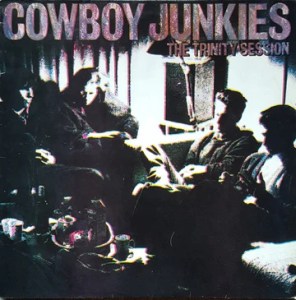More Stevie Wonder
More Soul, Blues and R&B
- With outstanding Double Plus (A++) grades throughout, this copy is guaranteed to blow the doors off any other Innervisions you’ve heard – it also plays about as quietly as this title ever does in our experience
- A Stevie Wonder classic as well as a proud member of our Top 100, but you will need a copy like this one to prove that it belongs there
- Richness, warmth, Tubey Magic, and clarity are important to the sound, and here you will find plenty of all four
- 5 stars: “Stevie Wonder applied his tremendous songwriting talents to the unsettled social morass that was the early ’70s and produced one of his greatest, most important works, a rich panoply of songs addressing drugs, spirituality, political ethics, and what looked to be the failure of the ’60s dream – all set within a collection of charts as funky and catchy as any he’d written before.”
- This is our pick for Free’s best sounding album. Roughly 150 other listings for the best recording by an artist or group can be found here on the blog.
- If any record can be called a Must Own, Stevie Wonder’s masterpiece from 1973 is one, slotting in nicely right at the top of any list of the greatest soul albums of all time, if not THE greatest
Millions of these were made, but most of them weren’t made right.
Years ago we made some progress with regard to the various stampers and pressing plants we liked best, but trying to find clean copies with the right matrix numbers has proved challenging. Even when you do get the copies with good stampers, they often don’t sound all that amazing. I had practically given up on making this shootout happen until about ten years ago, when a friend dropped off a copy that had seriously good sound.
It didn’t turn out to be the ultimate copy — that’s why shootouts are crucially important to the discovery of the best pressings — but it was so enjoyable that we decided to give Innervisions another try, and since that time we’ve gotten better and better at finding, cleaning and playing Stevie Wonder’s Masterpiece, a record that should be played regularly and one that belongs in any right-thinking audiophile’s collection.

 More of the Music of the Cowboy Junkies
More of the Music of the Cowboy Junkies







